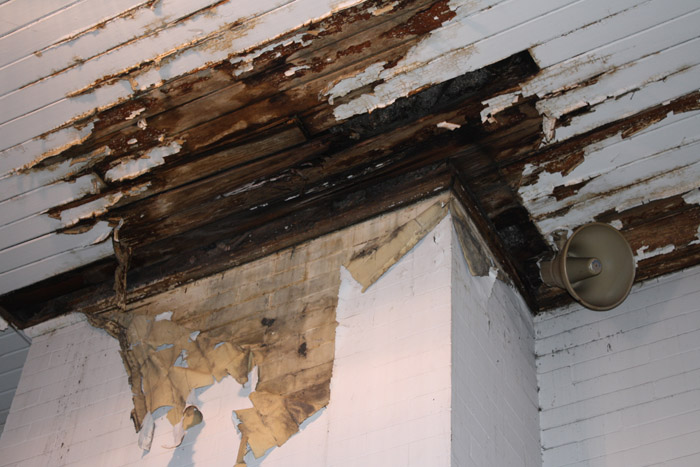In a press conference today sponsored by the American Public Transportation Association, Obama administration officials affirmed their commitment to transit, especially good maintenance of transit systems. As FTA Administrator Peter Rogoff told reporters:

We have a challenge in that we want to provide the American public, in a maximum number of communities, with real transit choices, and give them the opportunity to keep more of their paycheck in their wallet, rather than hand it over at the gas pump. But in order to do that, the transit service has to be available; it has to be safe and clean; it has to be reliable and desirable. The only way you get that is by continuing to invest, not just in the expansion of systems, but in the necessary maintenance and major capital reinvestment in systems.
Rogoff said that the largest area of growth in the president’s transportation budget for 2012 is a new formula assistance program for the state of good repair for transit systems. (Indeed, the “Bus and Rail State of Good Repair” budget item is slated for $10.7 billion in 2012 but its allocation shrinks to $3.8 billion in 2013, rising year by year from then.)
Rogoff said it was “spooky” to see how many commuters depend on aging and deteriorating transit systems. He recently facilitated a $4 million federal grant to rehabilitate the 110-year-old SEPTA station at Wayne Junction in North Philadelphia (incidentally, about three miles from where I grew up) where the roof collapsed last year.
Transit agencies and advocates have been saying that high gas prices have led to a spike in transit ridership. In the first quarter of this year, ridership was only up 1.6 percent over the first quarter of last year, but gas prices didn’t really spike until March, so the second quarter results may be more telling. Still, APTA President Bill Millar says it represents the largest quarterly ridership increase in more than two years.
Millar also touted the track record of transportation-related ballot initiatives so far this year. Seven out of eight local initiatives have passed, despite the fact that each one raised taxes or maintained a tax increase.
Asked about the Brookings report showing that transit systems haven’t done an adequate jobs following job sprawl out to the suburbs, Millar said that budget cuts had forced many agencies to eliminate or scale back plans to expand suburban service.
Meanwhile, FRA Administrator Joe Szabo spoke about high-speed rail and praised Amtrak’s “strong vision for reducing trip times” on the Northeast Corridor. His comment serves as a reminder to Republicans wishing to bid out rail service on the corridor to private companies that they’ll have a fight on their hands with an administration that supports Amtrak.
Szabo responded to a question from Streetsblog about the administration’s willingness to see the entire budget for high-speed rail zeroed out for this year in the rancorous negotiations with the GOP over spending cuts earlier this year.
He said it was natural that rail would “share in the pain” of the budget cutting process, but he has “no doubt” the program will continue to move forward. He cited a USA Today poll showing 80 percent public support for high-speed rail in the country. (The reader poll he mentioned, however, is completely unscientific. A more significant, if troubling, result is the Rasmussen survey earlier this year that found that 41 percent of likely voters approve of the president’s rail plan, while 46 percent oppose it.)





